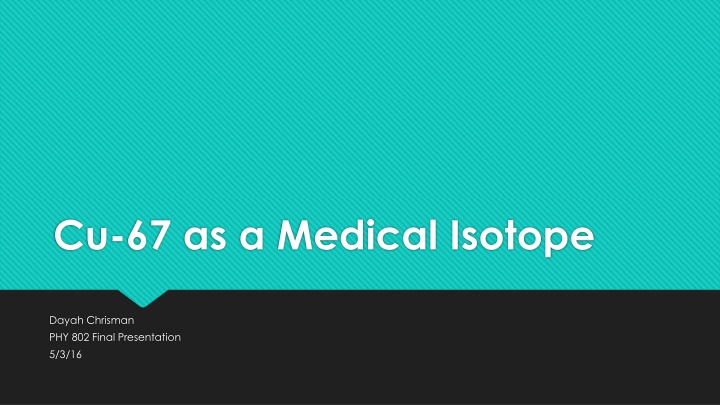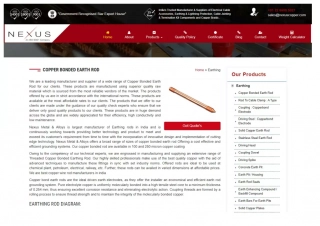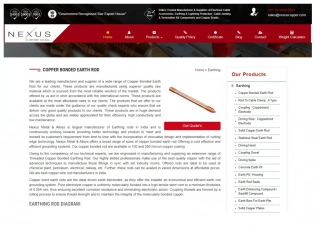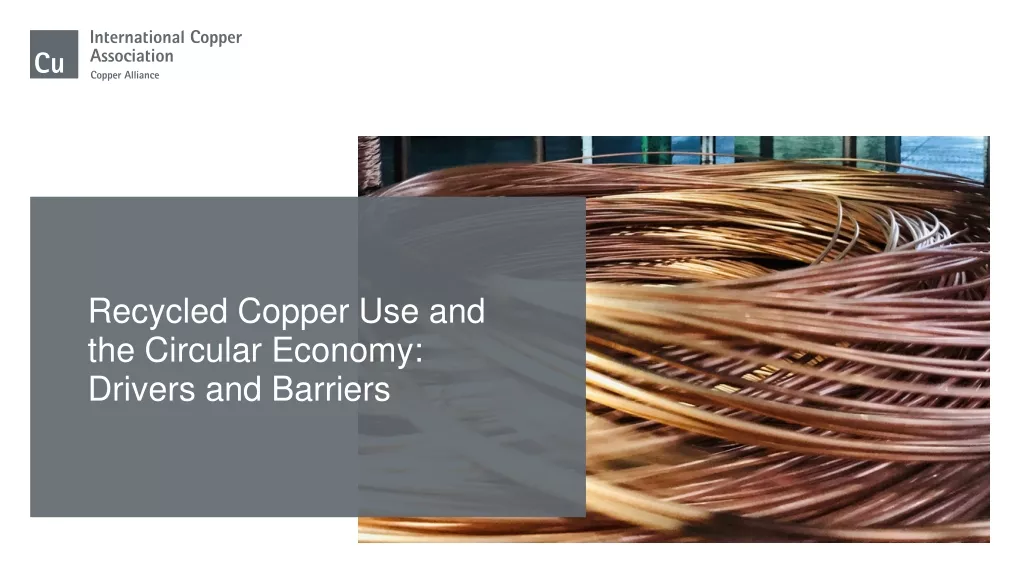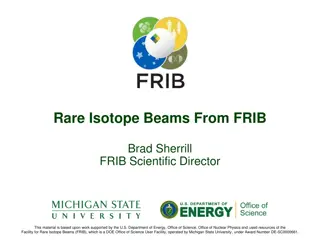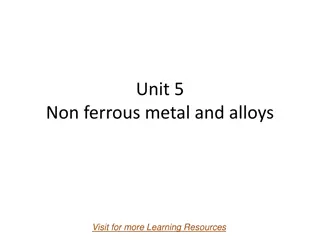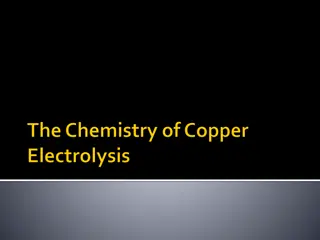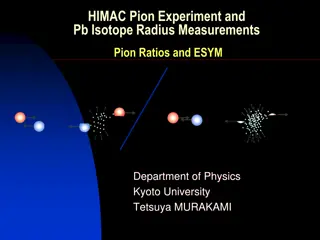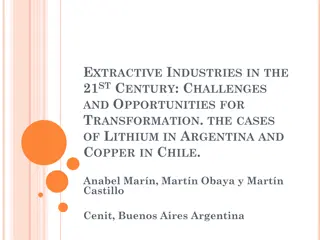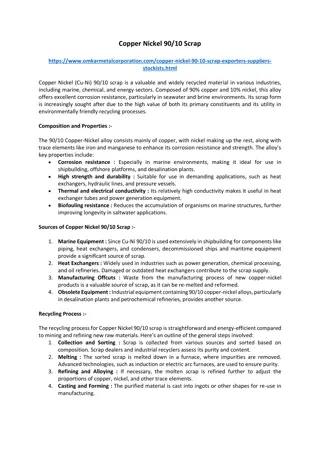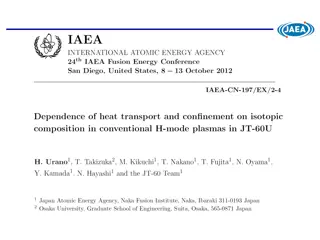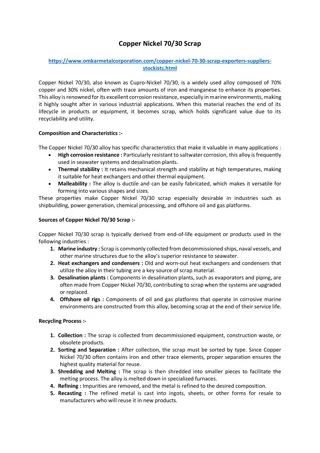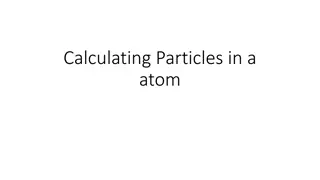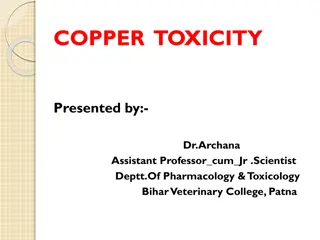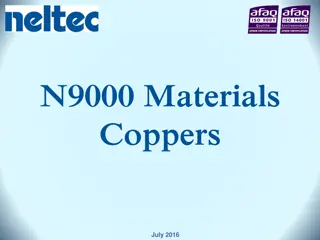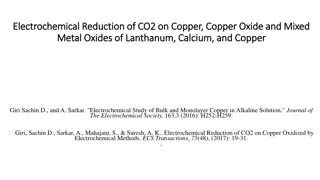Copper-67 as a Medical Isotope: Potential and Production Methods
Copper-67 (Cu-67) is a promising medical isotope due to its biological compatibility, short half-life, and dual treatment and imaging capabilities. This isotope offers non-toxicity, desired decay modes, and suitable half-life for medical applications. Various production methods, such as rare isotope beams and electron linacs, can efficiently generate Cu-67 for medical use.
Download Presentation

Please find below an Image/Link to download the presentation.
The content on the website is provided AS IS for your information and personal use only. It may not be sold, licensed, or shared on other websites without obtaining consent from the author.If you encounter any issues during the download, it is possible that the publisher has removed the file from their server.
You are allowed to download the files provided on this website for personal or commercial use, subject to the condition that they are used lawfully. All files are the property of their respective owners.
The content on the website is provided AS IS for your information and personal use only. It may not be sold, licensed, or shared on other websites without obtaining consent from the author.
E N D
Presentation Transcript
Cu-67 as a Medical Isotope Dayah Chrisman PHY 802 Final Presentation 5/3/16
Cu-67 as a Medical Isotope Copper 67 is a great candidate for a medical isotope because of its compatibility with biology, it s relatively short half-life, and it s dual purpose of treatment and imaging.
Medical Isotopes: Where to look Image from a PET (positron emission tomography) scan Medical isotopes need to be: Non-toxic to humans Have decay modes that we want 99??? as a radioactive tracer Have a half-life that s not too short, but not too long Be feasible to make, transport, and administer to a patient in a reasonable time
Possibilities for Medical Isotopes: (1) Energy (MeVmax) Range Radionuclide Half-life Different radionuclide possibilities 90Yttrium 2.28 11.3 mm 2.7 days Alpha and Beta decay both physically break up tissue 131Iodine 0.61 2.3 mm 8.0 days 177Lutetium 0.50 1.8 mm 6.7 days 188Rhenium 2.12 10.4 mm 0.7 days Range varies with energy of emitted particle 67Copper 0.58 2.1 mm 2.6 days Alpha emitters are generally rare and very expensive to make 213Bismuth 8.3 60 85 m 0.8 h 211Astatine 6.8 7.2 h 225Actinium 6.8 10 days
Copper 67: why is it cool? (2) Copper 67 is a unique isotope: It is non-toxic Short half life around 2 and a half days It can be produced through various reactions with Zinc (Right) Reactions: It can also be produced using rare isotope beams like at the NSCL (3) 70Zn(p, )67Cu, 68Zn(p,2p)67Cu, 68Zn( ,p)67Cu (1), And 67Zn(n,p)67Cu
How do we make Cu-67? At the NSCL(3): Using Electron Linac(1): 76Ge primary beam created e accelerated Fragmented and separated by the A1900 fragment separator e hit Foil -> Bremsstrahlung Radiation 77% pure 67Cu beam created 68Zn(p,2p)67Cu Liquid water target set up to capture incoming beam Chemically Separate, recycle 68Zn Chemically Separated Pure 68Zn costs $$$ FRIB would be able to effectively produce 67Cu
Citations 1. Email Conversation(s) w/ Dr. Dan Dale, Idaho State University (April 2016) 2. Brookhaven National Lab, Chart of Nuclides, NNDC <www.nndc.bnl.gov> (April 2016) 3. T. Mastren, et al., Feasibility of Isotope Harvesting at a Projectile Fragmentation Facility:67Cu, Scientific Reports, 4, Article number: 6706 (2014)
